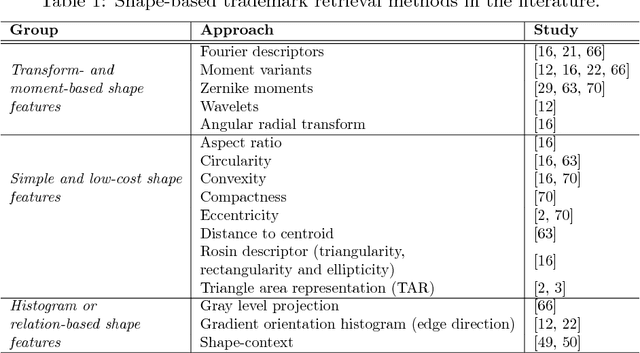Cemal Aker
When to Extract ReID Features: A Selective Approach for Improved Multiple Object Tracking
Sep 10, 2024Abstract:Extracting and matching Re-Identification (ReID) features is used by many state-of-the-art (SOTA) Multiple Object Tracking (MOT) methods, particularly effective against frequent and long-term occlusions. While end-to-end object detection and tracking have been the main focus of recent research, they have yet to outperform traditional methods in benchmarks like MOT17 and MOT20. Thus, from an application standpoint, methods with separate detection and embedding remain the best option for accuracy, modularity, and ease of implementation, though they are impractical for edge devices due to the overhead involved. In this paper, we investigate a selective approach to minimize the overhead of feature extraction while preserving accuracy, modularity, and ease of implementation. This approach can be integrated into various SOTA methods. We demonstrate its effectiveness by applying it to StrongSORT and Deep OC-SORT. Experiments on MOT17, MOT20, and DanceTrack datasets show that our mechanism retains the advantages of feature extraction during occlusions while significantly reducing runtime. Additionally, it improves accuracy by preventing confusion in the feature-matching stage, particularly in cases of deformation and appearance similarity, which are common in DanceTrack. https://github.com/emirhanbayar/Fast-StrongSORT, https://github.com/emirhanbayar/Fast-Deep-OC-SORT
A Large-scale Dataset and Benchmark for Similar Trademark Retrieval
Oct 14, 2017



Abstract:Trademark retrieval (TR) has become an important yet challenging problem due to an ever increasing trend in trademark applications and infringement incidents. There have been many promising attempts for the TR problem, which, however, fell impracticable since they were evaluated with limited and mostly trivial datasets. In this paper, we provide a large-scale dataset with benchmark queries with which different TR approaches can be evaluated systematically. Moreover, we provide a baseline on this benchmark using the widely-used methods applied to TR in the literature. Furthermore, we identify and correct two important issues in TR approaches that were not addressed before: reversal of contrast, and presence of irrelevant text in trademarks severely affect the TR methods. Lastly, we applied deep learning, namely, several popular Convolutional Neural Network models, to the TR problem. To the best of the authors, this is the first attempt to do so.
Using Deep Networks for Drone Detection
Jun 18, 2017



Abstract:Drone detection is the problem of finding the smallest rectangle that encloses the drone(s) in a video sequence. In this study, we propose a solution using an end-to-end object detection model based on convolutional neural networks. To solve the scarce data problem for training the network, we propose an algorithm for creating an extensive artificial dataset by combining background-subtracted real images. With this approach, we can achieve precision and recall values both of which are high at the same time.
 Add to Chrome
Add to Chrome Add to Firefox
Add to Firefox Add to Edge
Add to Edge